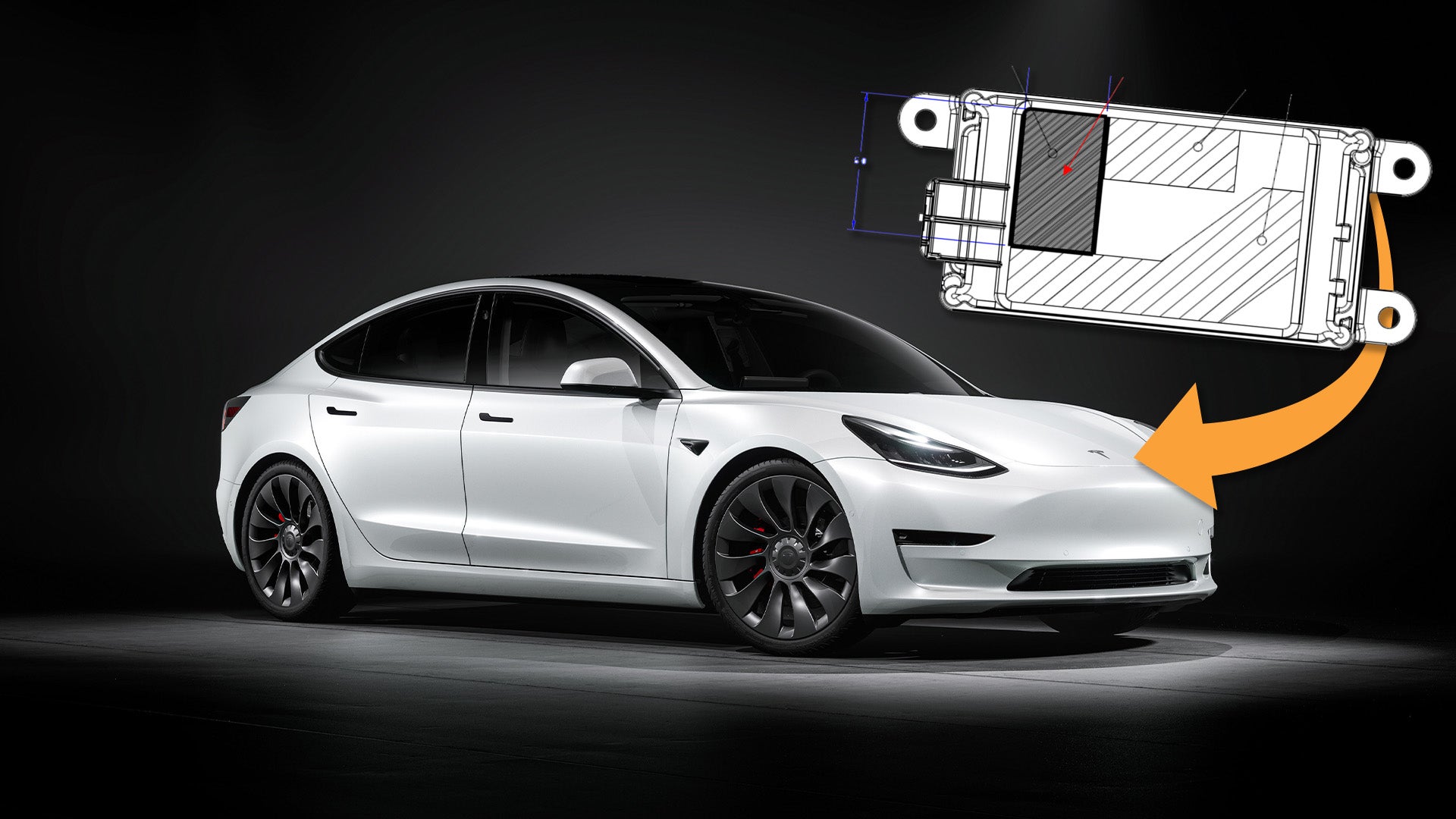Electric automaker Tesla may backpedal on its decision to remove forward-racing radar from its vehicles early next year. While the decision has not yet been publicly announced by Tesla, it has been all but confirmed through a filing with the Federal Communications Commission, hinting the automaker's decision to remove radar from its vehicles in favor of a camera-only sensor suite may have proved not to be all that it had hoped.
Tesla was granted an FCC ID for an automotive radar earlier this year following the removal of radar units in its cars. In November, Tesla filed a request for short-term confidentiality with the FCC, noting that a device under the same ID would be marketed in "Mid-January 2023", and requested that the FCC not published specific user manuals and photos until the following month. Now, the world knows that Tesla has something up its sleeve, potentially with a new high-resolution radar added back to its fleet of cars.
Tesla removed forward-facing radar units from North American vehicles beginning in May 2021, claiming that it would instead switch vehicles to its camera-only "Tesla Vision" system. CEO Elon Musk claimed that radar was "holding [Tesla] back," following the removal of radar and noted that progress on its driver assistance software, Autopilot, had accelerated since the change, though drivers reported conflicting results on various Tesla-focused subreddits. Earlier this year, Tesla also removed the close-range ultrasonic sensors from its vehicles as a deeper dive into a vision-based system.
Musk has historically been a large critic not only of radar but also of lidar and other non-vision components used for driver-assistance systems. Many autonomous vehicle experts—except for Musk, that is—will tell you that full autonomy is not achievable through Tesla's approach of a vision-only system now but instead requires lidar-centric sensor fusion. Musk has instead called lidar a "crutch" and "a fool’s errand," noting that any company that chose to use lidar was "doomed." Meanwhile, other automakers are heavily investing in lidar for their respective autonomy and safety stacks. Musk has doubled down by promising to "solve" the automaker's Full Self-Driving software by the end of the year, despite the feature being the center of several federal investigations and a criminal probe.
He has, however, conceded that high-resolution radars are relevant earlier this year.
Radar has been a long-standing staple for almost any automaker implementing driver-assistance features (ADAS) as basic as adaptive cruise. Unlike camera systems, inexpensive and easy-to-package radar units can cut through rain and fog, as well as penetrate certain materials. The ability to natively measure distance through time of flight, plus sense objects at long distances, make it an ideal addition to just about any ADAS package. Tesla removing both radar and ultrasonic sensors for its vehicles means crippling the ability to handle both poor weather and blind spots with high certainty, which means that adding back a high-resolution radar (as praised by Musk) seems to be a natural progression for a vehicle's sensor stack.
It's still immediately unclear what Tesla's use for this radar will be, however, all signs, including the radar's operating frequency and FCC description, point to a direct replacement for the radar that Tesla removed from its vehicles last year. And while that may seem like a step back from Tesla's goal of a vision-only ADAS system (at least from a technological standpoint), it's a positive note that the automaker could be moving towards a safer alternative.
Got a tip or question for the author? Contact them directly: [email protected]









